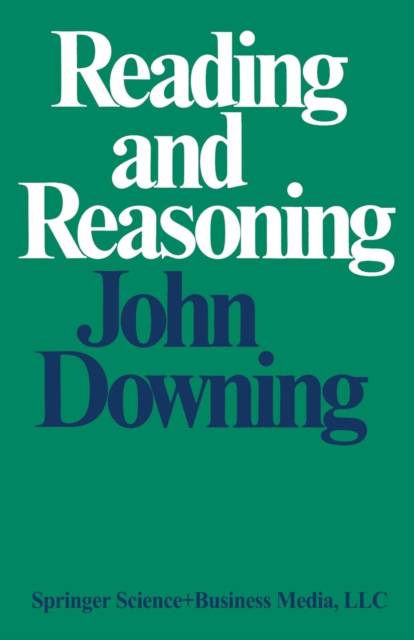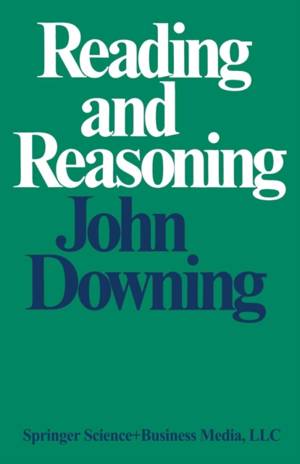
- Afhalen na 1 uur in een winkel met voorraad
- Gratis thuislevering in België vanaf € 30
- Ruim aanbod met 7 miljoen producten
- Afhalen na 1 uur in een winkel met voorraad
- Gratis thuislevering in België vanaf € 30
- Ruim aanbod met 7 miljoen producten
Zoeken
Omschrijving
I have written this book to put forward a new theory of reading- the cognitive clarity theory. But the book is not all theory. I have tried to show how this theory can help students, teachers and parents to improve children's education in reading at home and at school. Although the cognitive clarity theory is new, it is derived from other theories and from a wide range of educational, linguistic and psychological research. The cognitive clarity theory is thus a bringing together of the insights of many col- leagues in these disciplines. What the theory owes to these colleagues is clearly acknowledged as the evidence is presented. But I must also be thankful for the experiences that have led me in this direction. I worked as a school teacher for nearly ten years before I became an experimental psychologist. During my years as a teacher I was often baffled by children's difficulties in learning to read. Then, only two or three years after qualifying in psych- ology, I had the good fortune to be chosen to plan and conduct the first large scale experiment on children's reading in Britain.
Alleen bij Standaard Boekhandel
+ 167 punten op je klantenkaart van Standaard Boekhandel
Beoordelingen
We publiceren alleen reviews die voldoen aan de voorwaarden voor reviews. Bekijk onze voorwaarden voor reviews.












